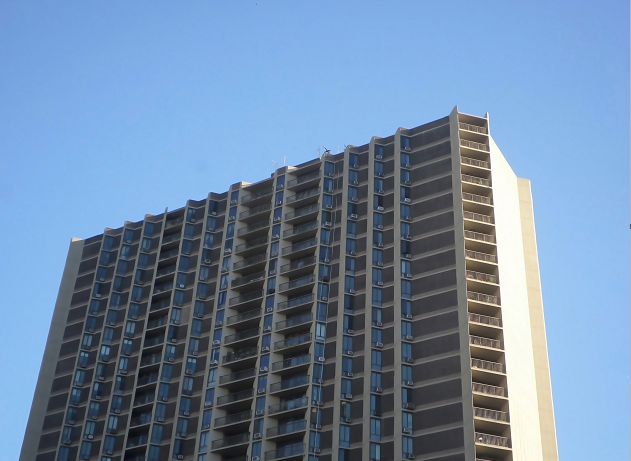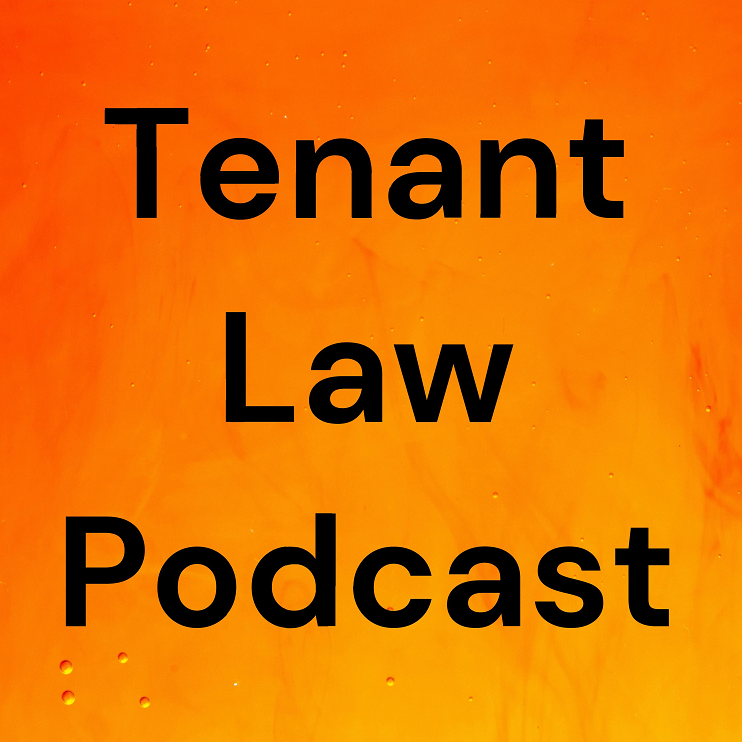Ira from Astoria asks:
I was a tenant in an affordable housing unit, but I had to move out after six months because there were some type of fumes in the apartment that gave me terrible headaches. My former landlord says I am responsible for the last six months of rent.
What can I do?
Ira
Instructor Michelle Answers:
Pursuant to the Housing Stability and Tenant Protection Act of 2019, the duty for a landlord to mitigate damages applies to all residential leases. Real Property Law § 227-e; 14 East 4th Street Unit 509 LLC v. Toporek, 203 AD3d 17 [1st Dept 2022]. That means that your landlord cannot simply sit on her hands for six months and charge you for the rent. The landlord must actively search for a new tenant. In this housing climate, it is not difficult for a landlord to fill an apartment. This offers you some protection. If the landlord does sufficiently attempt to mitigate and the apartment remains vacant for six months, here are some other thoughts.
Were there HPD violations? Did you send a letter to the landlord, explaining why you left? If you documented this fumes condition, then many landlords would be less likely to go after you.
Did the landlord keep your security? If so, we are now only talking about five months of rent, not six. It often costs a landlord more to successfully prosecute such a lawsuit (for a mere five months’ rent for an affordable unit from a tenant who is gone) than the landlord is likely to recover.
Using this leverage, you could try offering one or two months rent in exchange for a general release. You should not sign anything, however, without talking to your lawyer.
Respectfully submitted,
Instructor Michelle Itkowitz










